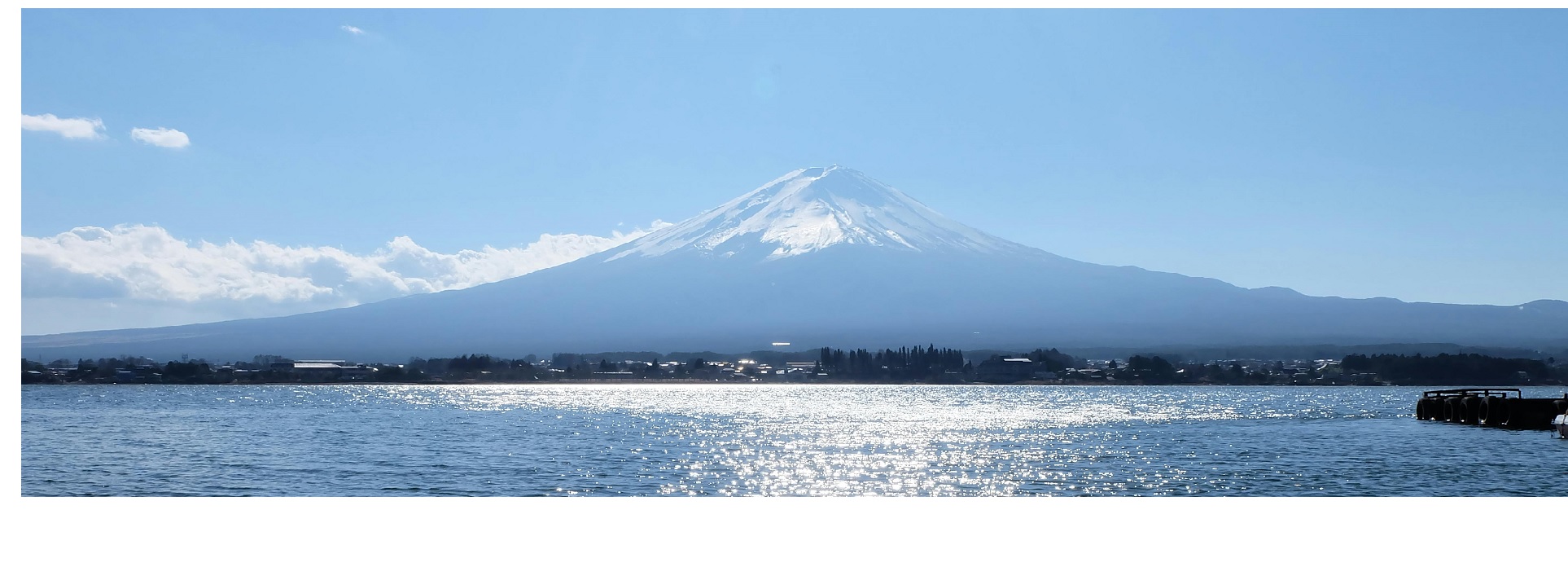Overview: What Makes Mt. Fuji So Special
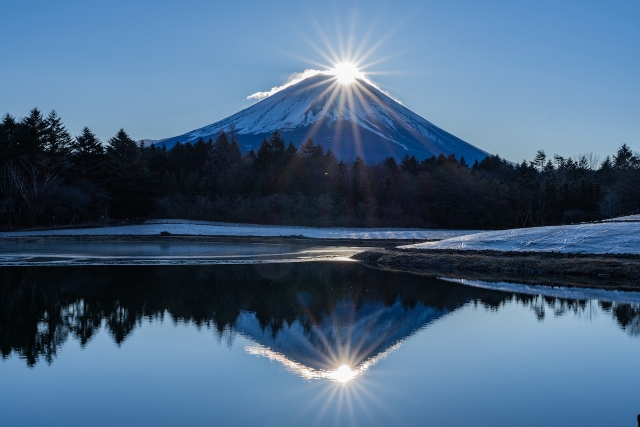
Mt. Fuji, or Fujisan as it is respectfully called in Japanese, is located on the border between Shizuoka and Yamanashi prefectures, in the very heart of the Japanese archipelago. Towering at 3,776 meters, it is the highest mountain in Japan and holds a central place in the nation’s identity.
Unlike other tall mountains around the world, Mt. Fuji is admired not only for its physical grandeur but for its deep emotional and spiritual resonance. Its almost perfectly symmetrical cone shape and snow-capped peak—often glowing with golden light at sunrise—create a breathtaking silhouette that has long stirred feelings of awe and reverence among the Japanese people.
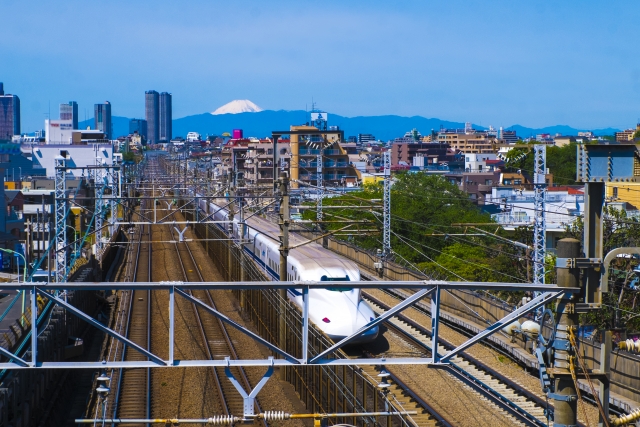
For many, Mt. Fuji is not merely a scenic landmark; it is a quiet presence that dwells in the background of their lives, from school textbooks and postage stamps to poems and songs. Even those who have never climbed it feel an intimate connection. It is said that seeing Mt. Fuji from afar on a clear winter day can evoke a sense of peace, nostalgia, and a feeling of being at home.
Throughout history, Mt. Fuji has stood not only as a natural monument but also as a guardian of the land and a silent witness to Japan’s changing seasons, social changes, and spiritual evolution.
Mt. Fuji as a Sacred Mountain
Like many sacred mountains around the world, Mt. Fuji is surrounded by myths and spiritual significance. However, its place in the hearts of the Japanese is truly exceptional. Its powerful volcanic energy, both feared and revered, led ancient people to offer prayers to appease its spirit.

The earliest known record of an eruption is found in 続日本紀Shoku Nihongi, compiled in 797, while earlier verses in 万葉集Manyoshu, Japan’s oldest anthology of poetry, also reference the volcano. A 1069 Buddhist painting depicts 聖徳太子Prince Shotoku climbing the mountain, symbolizing the fusion of Buddhist faith and native mountain worship. Prince Shotoku is sanctified as the founder of Japan’s centralized nation in Nara era(8th to 9th century) and devoted in prevalence of Buddhism.
During the Heian period, Mt. Fuji became a site for spiritual practices such as 修験道Shugen-do, a form of ascetic training that combined Buddhism with Japan’s ancient reverence for nature. In the Edo period, common people formed religious associations called 富士講Fujiko and made pilgrimages to the summit. For them, climbing Mt. Fuji and watching the sunrise from the peak—an act called Goraikō—was believed to cleanse the spirit and bring protection from misfortune.
Even today, many Japanese see the climb not simply as a physical challenge but as a personal and spiritual experience.
Mt. Fuji in Art and Culture
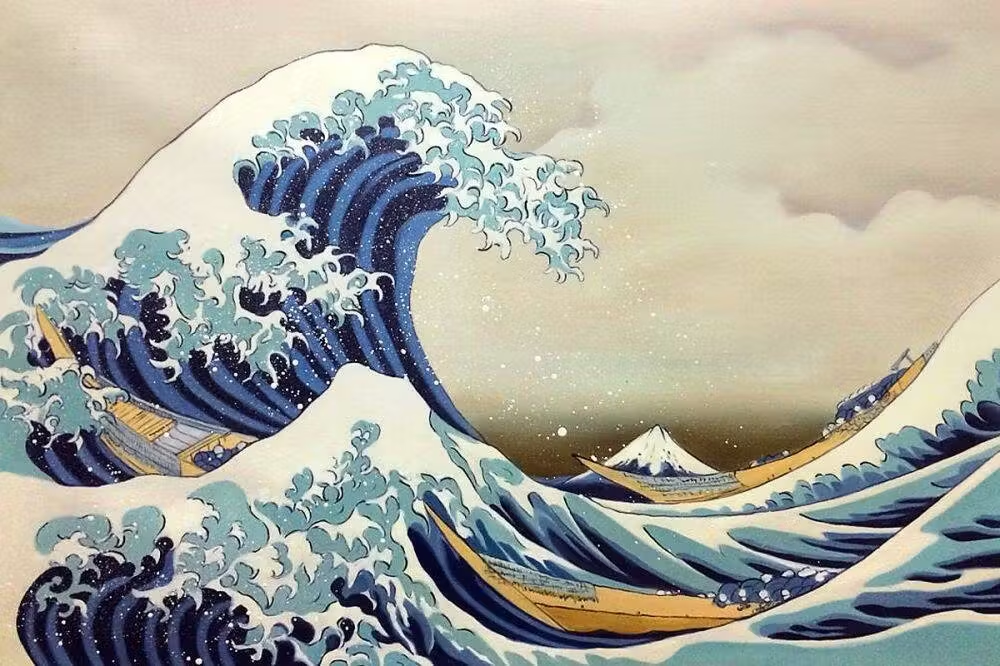
The Great Wave off Kanagawa
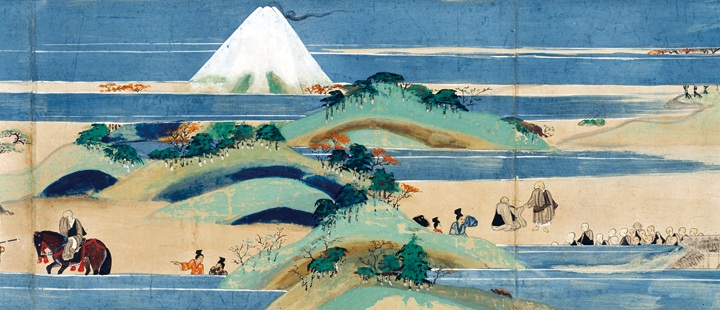
Mt. Fuji has long served as a source of inspiration in Japanese art, literature, and religious iconography. The most famous artistic representations are 葛飾北斎Katsushika Hokusai’s woodblock print series 富嶽三十六景Fugaku sanju rokkei, including The Great Wave off Kanagawa, and 歌川広重Utagawa Hiroshige’s work 不二三十六景Fuji sanju rokkei. These prints show the mountain from various perspectives, capturing its shifting moods and its place in everyday life.

Earlier religious scrolls, such as the Yugyō Shōnin Engi-e from the Kamakura period and Fuji Mandara-zu from the Muromachi era, depict the mountain in sacred contexts, often as a backdrop for Buddhist teachings. In the Meiji period, painters like 横山大観Yokoyama Taikan portrayed Mt. Fuji as a solemn spiritual force(霊峰), reflecting the mountain’s timeless importance to the Japanese psyche.
UNESCO World Heritage Site

In 2013, Mt. Fuji was designated as a UNESCO World Cultural Heritage Site under the title “Fujisan, sacred place and source of artistic inspiration.” This recognition was not based on natural features alone but highlighted the mountain’s long-standing role in Japanese religion, art, and spiritual practice.
The designation acknowledged Mt. Fuji as a symbol of Japanese cultural identity, both as a place of worship and a wellspring of artistic creativity. It reaffirmed what many Japanese people have always known—that Mt. Fuji is not just beautiful, but spiritually meaningful.
Mt. Fuji and the Spirit of Home – Furusato
For generations of Japanese, Mt. Fuji represents more than a majestic mountain; it is a symbol of Furusato—a word that means “hometown” but implies something deeper: a spiritual anchor, a place where one’s heart belongs. (Please refer to my previous post of “Furusato“)
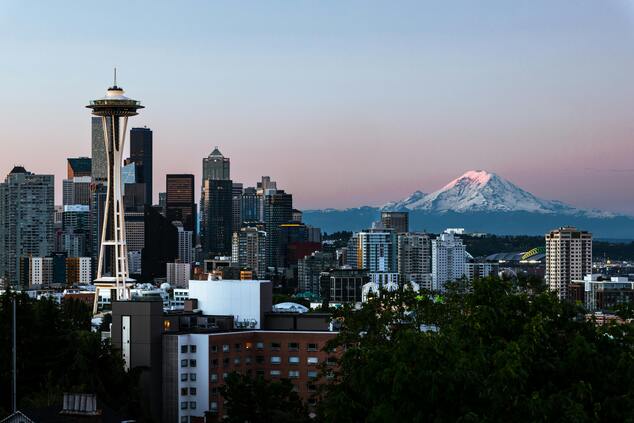
Since the Meiji era, many Japanese people have emigrated abroad. When encountering mountains that resembled Fuji—such as Mt. Rainier in the city of Tacoma, WA, U.S.—they often named them affectionately “Tacoma Fuji,” a gesture that reveals how deeply the image of Fuji is tied to the feeling of home.
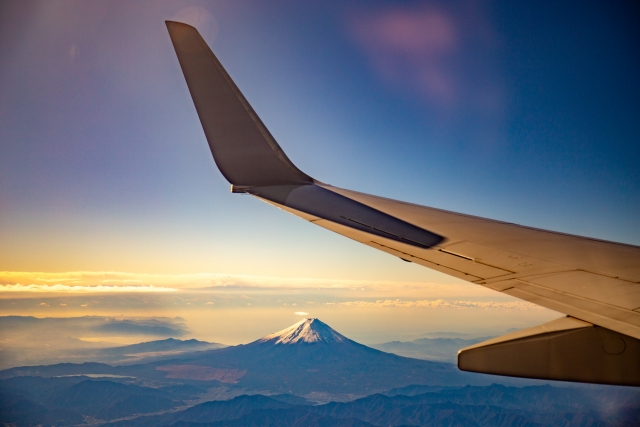
from the airplane window
I personally experienced this sentiment after returning from seven years of work in Hong Kong. As the airplane descended and Mt. Fuji came into view from the window, I was overwhelmed with emotion—a quiet, unmistakable sense of returning, of being home. This is not a rare experience. Many Japanese feel the same: that simply seeing Mt. Fuji can connect them to something unshakably rooted within.
In Summary: More Than Just a Mountain
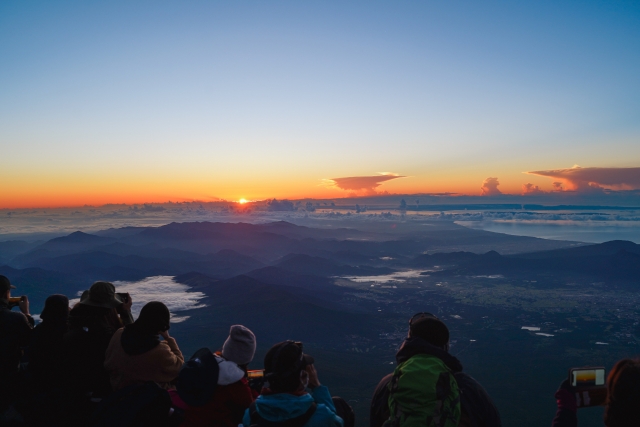
at the summit of Mt. Fuji
Mt. Fuji is not merely a mountain—it is a spiritual presence woven into the fabric of Japanese life. It stands as a quiet companion, a source of strength and solace, and a mirror of the Japanese soul. From ancient prayers and poetic verses to modern-day reflections of Furusato, the mountain embodies both the sacred and the personal.
I hope that visitors from around the world will not only admire Mt. Fuji’s beauty but also come to understand the deep emotional and spiritual meaning it holds for the Japanese people.


